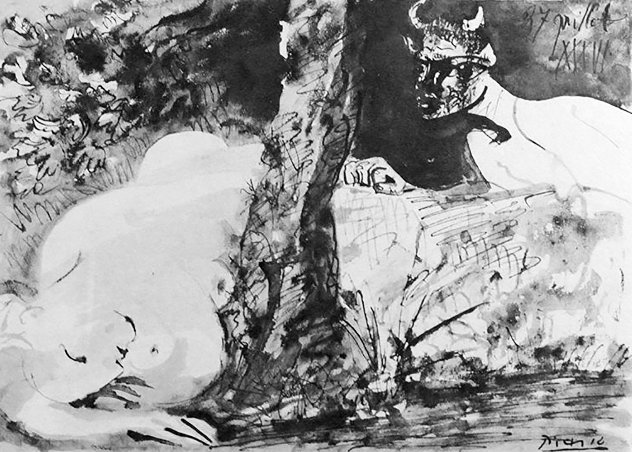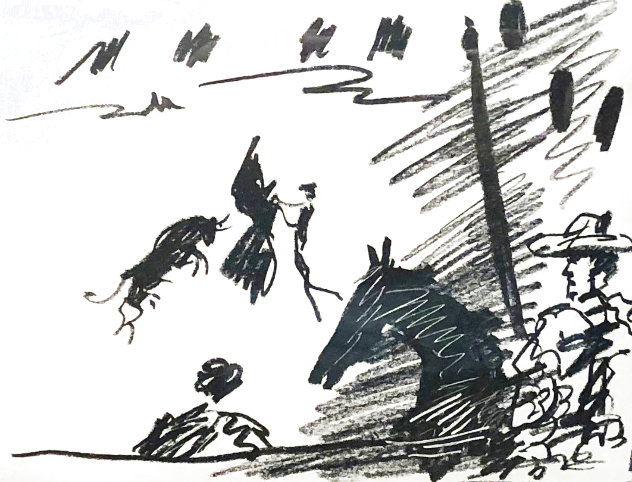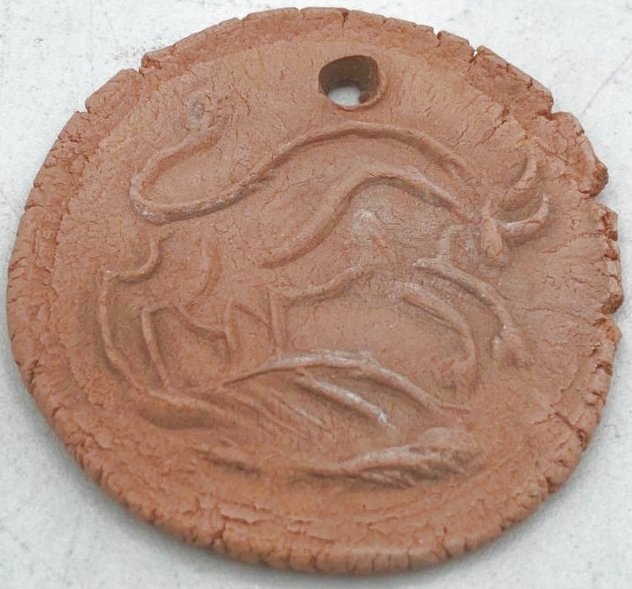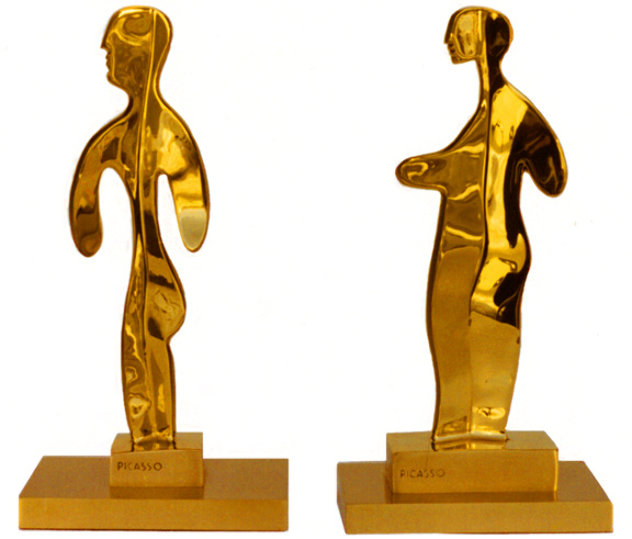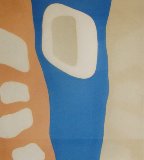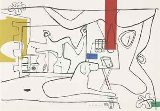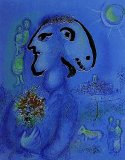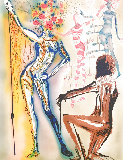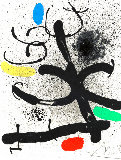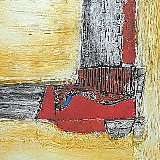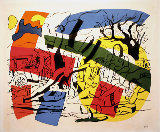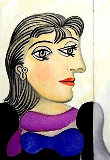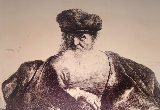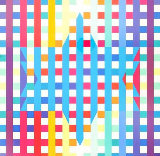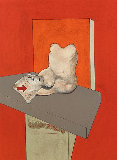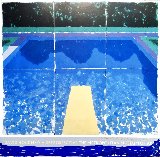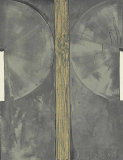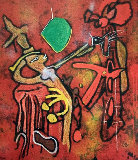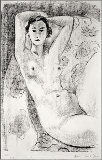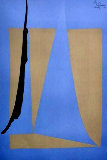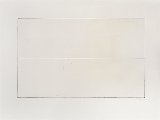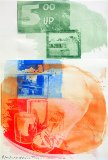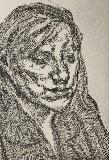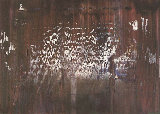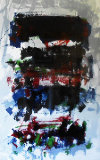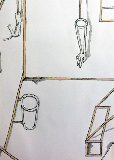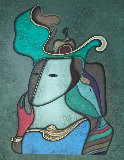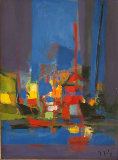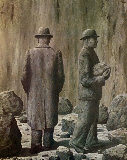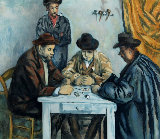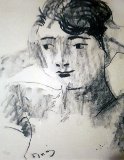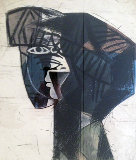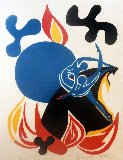


Visage No 111 Clay Plate 1963 HS
Pablo Picasso
Sculpture : Round Plate in Earthenware Clay
Size : 9.84x9.84 in | 25x25 cm
Edition : From the Edition of 500
Reduced
-
🔥1963 Hand Signed Clay Plate - Blue Chip - Inquire $$$$$$$
Year1963
OtherHandwritten Inscription in Black Under Glaze
Condition Excellent
Purchased fromDealer 2024
Story / Additional InfoPicasso Ceramics Title: Visage No 111 Face Number 111 Medium: Round plate, white earthenware clay, decoration in engines and enamel under glaze, 1963, Black, green, blue & red. Verso: Handwritten glazed inscription in black under glaze: Size: 25 cms (Diameter) (10 Inches)Reference: Alain Ramié, Picasso: Catalogue of the Edited Ceramic Works 1947 - 1971, Galerie Madoura, 1988, reproduced page 246, catalogue Number 476 Created by: Madeira Potteries, Vallauris, France
Certificate of AuthenticityArt Brokerage
Additional InformationMotivated
LID171348
Pablo Picasso - Spain
Art Brokerage: Park West Artist: Pablo Picasso Blue Chip Spanish Artist: Pablo Picasso was one of the most influential artists of the 20th century. His ingenious use of form, color, and perspective profoundly impacted later generations of painters, including Willem de Kooning and David Hockney. "There are artists who transform the sun into a yellow spot, but there are others who, thanks to their art and intelligence, transform a yellow spot into the sun," he once said. Born Pablo Diego José Francisco de Paula Juan Nepomuceno Crispín Crispiniano María de los Remedios de la Santísima Trinidad Ruiz Picasso on October 25, 1881 in Málaga, Spain, his prodigious talent was cultivated early on by his father the painter Jose Ruíz Blasco. Picasso went on to attend the Royal Academy of San Fernando in Madrid, and lived for a time in Barcelona before settling in Paris in 1904. Immersed in the avant-garde circles of Gertrude Stein, he rapidly transitioned from Neo-Impressionism through the Blue Period and Rose Period, before reaching a culmination in his masterpiece Les Demoiselles d'Avignon (1907). Constantly in search of pictorial solutions and in dialogue with his friend Georges Braque, Picasso melded forms he saw in African sculpture with the multiple perspectives he gleaned from Paul Cézanne, to produce Cubism. Not limited to painting, the artist also expressed himself through collage, sculpture, and ceramics. Having been deeply affected by the ongoing Spanish Civil War, Picasso created what is arguably his most overtly political work Guernica (1937), a mural-sized painting depicting carnage with jagged shapes and contrasting grayscale. The artist was prolific up until his death on April 8, 1973 in Mougins, France. Today, his works are held in the collections of The Museum of Modern Art in New York, the Tate Gallery in London, the Hermitage Museum in St. Petersburg, as well as institutions devoted solely to his life work, such as the Museo Picasso Málaga, the Museu Picasso in Barcelona, and the Musée National Picasso in Paris. Listings wanted.

